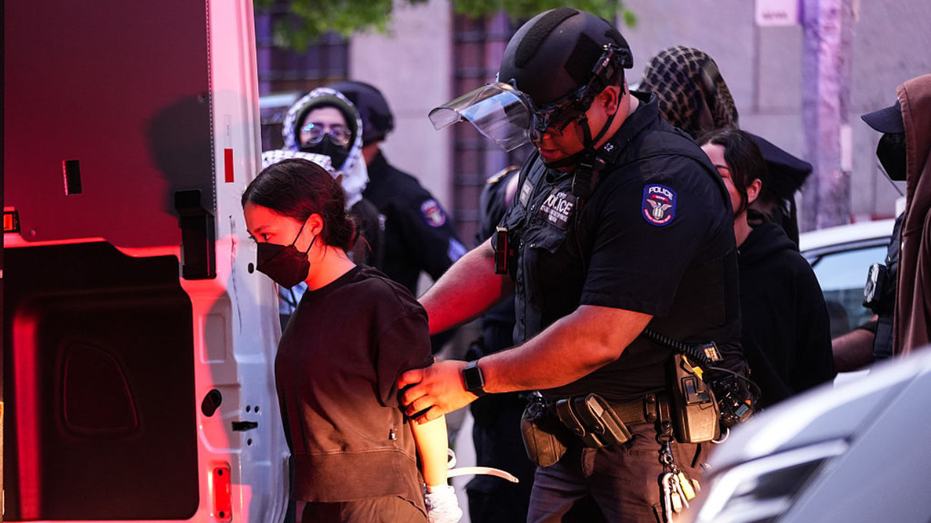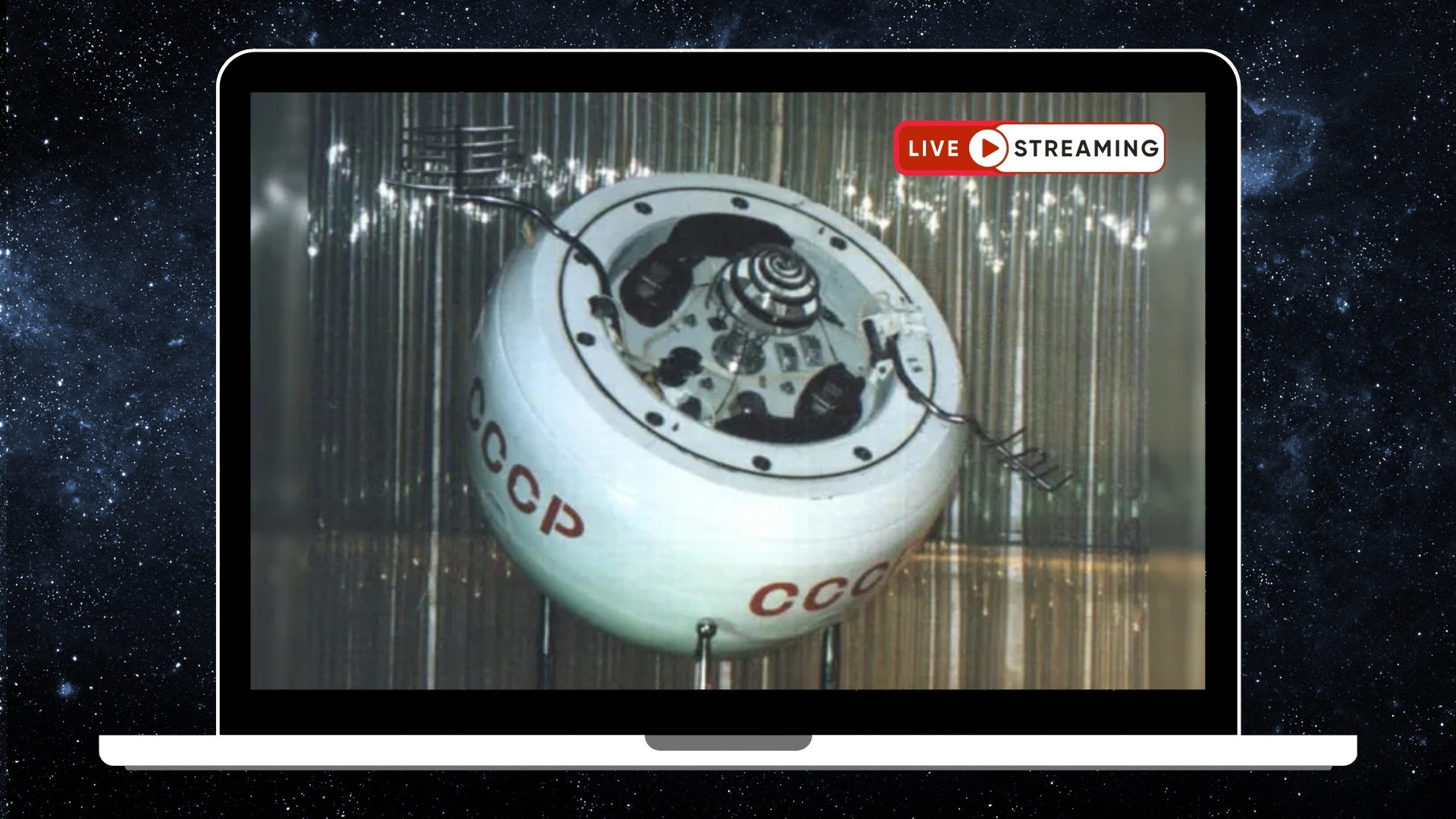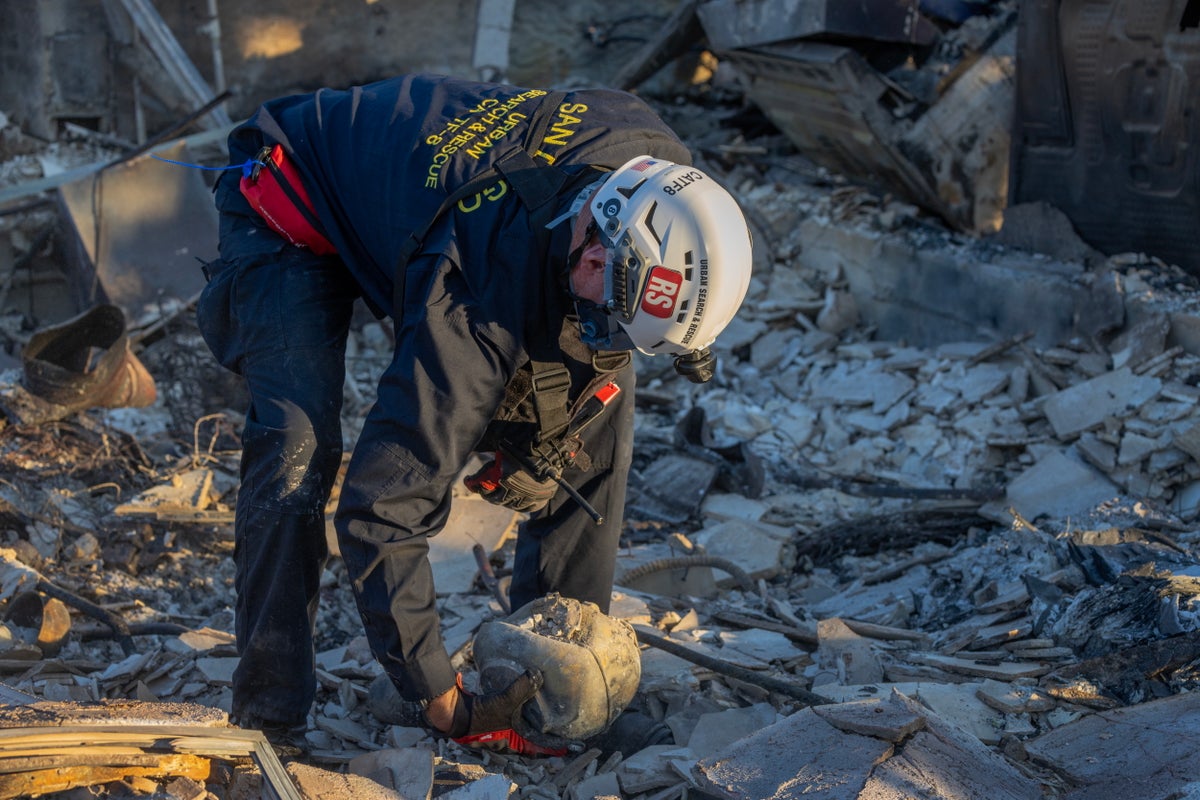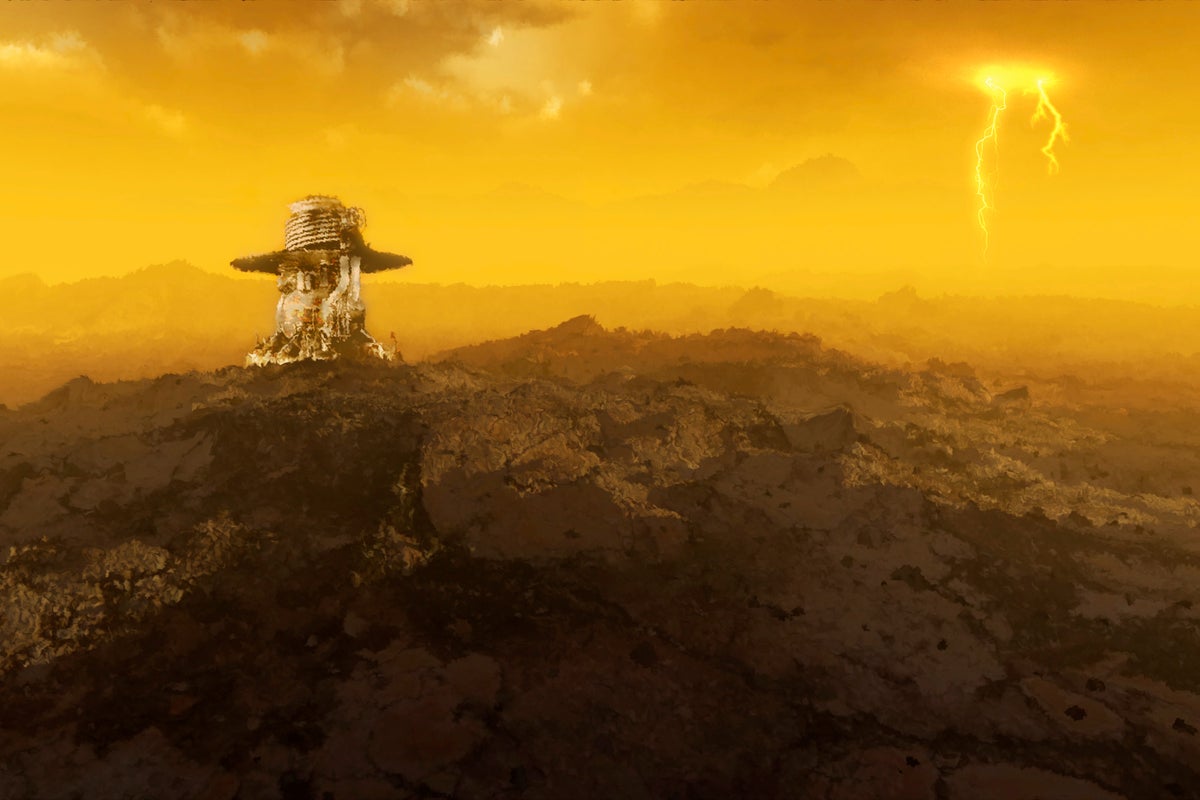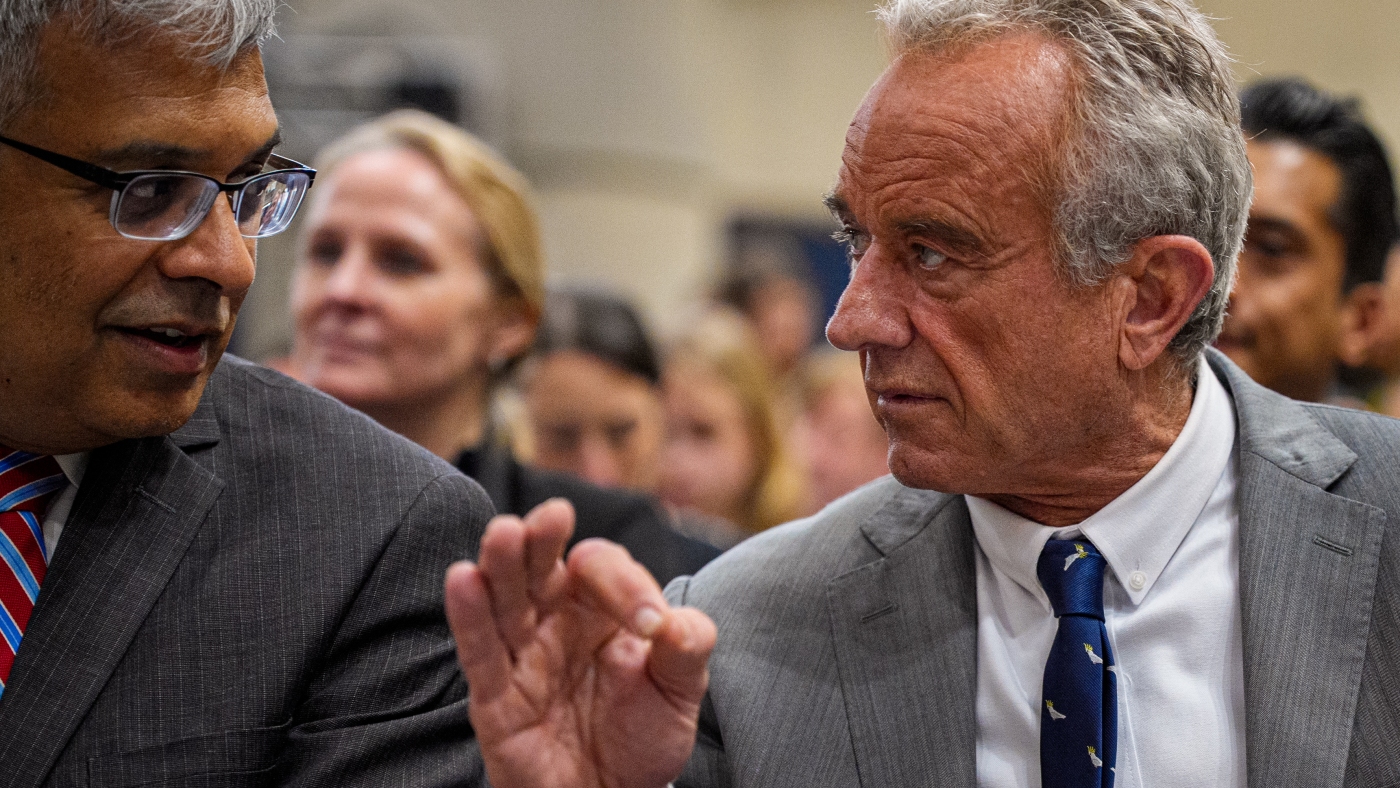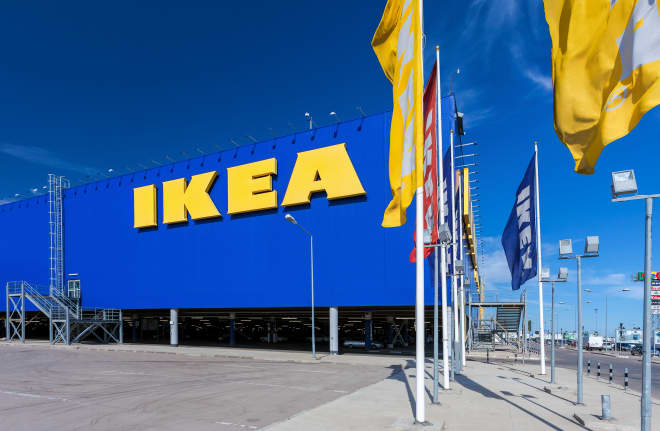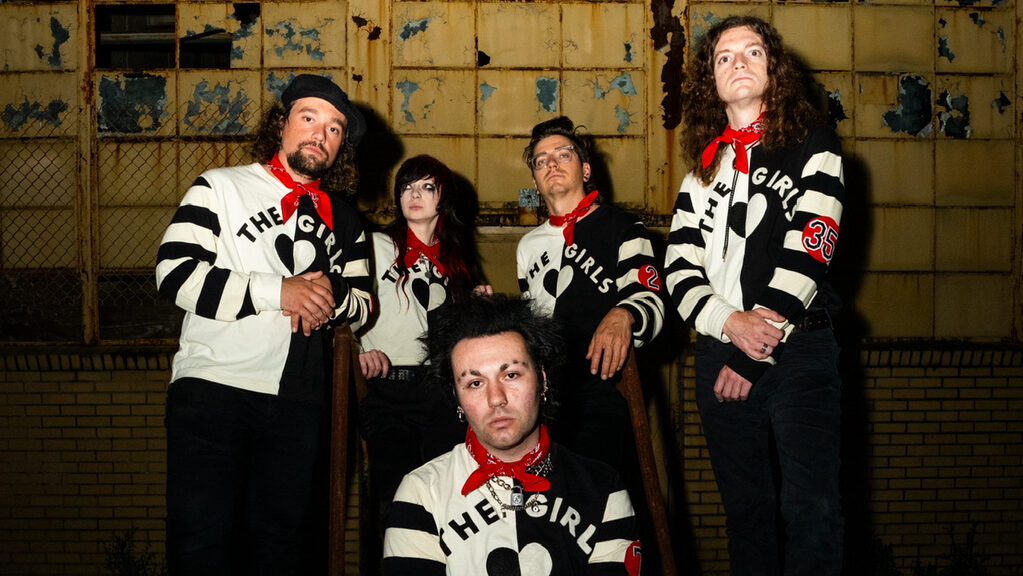Is the new pope liberal or conservative? Neither.
If there’s one succinct way to describe Pope Francis’s stewardship of the Catholic Church over the last 12 years, it might best be done with three of his own words: “todos, todos, todos” — “everyone, everyone, everyone.” Now, Pope Leo XIV, the church’s new leader and its first American pope, has signaled he plans to […]


If there’s one succinct way to describe Pope Francis’s stewardship of the Catholic Church over the last 12 years, it might best be done with three of his own words: “todos, todos, todos” — “everyone, everyone, everyone.”
Now, Pope Leo XIV, the church’s new leader and its first American pope, has signaled he plans to continue in that direction. “Allow me to continue that same blessing,” he said in his first public address as pontiff, in a reference to Francis’s final Easter prayers. “God loves us. God loves everyone; evil will not prevail. We are all in the hands of God.”
The new pope, known formerly as Robert Francis Prevost, is Augustinian-trained, a dual citizen of Peru (where he worked for years), and in line with Francis’s vision for the church. And, like Francis, it will be hard to place him on an American political spectrum.
He’s conservative on issues of church doctrine, but progressive on social justice and care for the marginalized.
So while Pope Leo XIV’s (apparent) social media posts and criticism of American domestic policy under the Trump administration are getting extra attention right now, Pope Francis’s legacy should be a cautionary tale about viewing popes through an American-style “liberal or conservative?” lens.
Francis, who died April 21 in Vatican City, was both a reformer and a traditionalist. He didn’t change church doctrine, didn’t dramatically alter the Church’s teachings, and didn’t fundamentally disrupt the bedrock of Catholic belief.
Catholics still believe there is one God who exists as three divine persons, that Jesus died and was resurrected, and that sin is still a thing. Only men can serve in the priesthood, life still begins at conception, and faith is lived through both prayer and good works.
To try to neatly place either Francis or Leo on the US political spectrum is a bit of a fool’s errand: Things like “liberal” and “conservative” mean very different things within the Church versus outside of it.
Instead, it’s more helpful to realize just how much Francis changed the Church’s tone and posturing toward openness and care for the least well off — and how he set up to Church to continue in that direction after he’s gone. He was neither liberal nor conservative: He was a bridge to the future who made the Church more relevant, without betraying its core teachings.
Revisiting Francis’s papacy
Francis’s papacy is a prime example of how unhelpful it is to try to think of popes, and the Church, along the right-left political spectrum we’re used to in Western democracies.
When he was elected in 2013, Francis was a bit of an enigma. Progressives cautioned each other not to get too hopeful, while conservatives were wary about how open he would be to changing the Church’s public presence and social teachings.
Before being elected pope, he was described as more traditional — not as activist as some of his Latin American peers who embraced progressive, socialist-adjacent liberation theology and intervened in political developments in Argentina, for example.
Francis was orthodox and “uncompromising” on issues related to the right to life (euthanasia, the death penalty, and abortion) and on the role of women in the church, and advocated for clergy to embrace austerity and humility. And yet he was known to take unorthodox approaches to his ministry: advocating for the poor and the oppressed, and expressing openness to other religions in Argentina. He would bring that mix of views to his papacy.
The following decade would see the Church undergo few changes in theological or doctrinal teachings, and yet it still appeared as though it was dramatically breaking with the past. That duality was in part because Francis was essentially both a conservative and a liberal, by American standards, at the same time, as Catholic writer James T. Keane argued in 2021.
Francis was anti-abortion, critical of gender theory, opposed to ordaining women, and opposed to marriage for same-sex couples, while also welcoming the LGBTQ community, fiercely criticizing capitalism, unabashedly defending immigrants, opposing the death penalty, and advocating for environmentalism and care for the planet. That was how Francis functioned as a bridge between the traditionalism of his predecessors and a Church able to embrace modernity. And that’s also why he had so many critics: He was both too liberal and radical, and not progressive or bold enough.
Francis used the Church’s unchanging foundational teachings and beliefs to respond to the crises of the 21st century and to consistently push for a “both-and” approach to social issues, endorsing “conservative”-coded teachings while adding on more focus to social justice issues that hadn’t been the traditionally associated with the church. That’s the approach he took when critiquing consumerism, modern capitalism, and “throwaway culture,” for example, employing the Church’s teachings on the sanctity of life to attack abortion rights, promote environmentalism, and criticize neo-liberal economics.
None of those issues required dramatic changes to the Church’s religious or theological teachings. But they did involve moving the church beyond older debates — such as abortion, contraception, and marriage — and into other moral quandaries: economics, immigration, war, and climate change. And he spoke plainly about these debates in public, as when he responded, “Who am I to judge?” when asked about LGBTQ Catholics or said he wishes that hell is “empty.”
Before Leo was named pope, there was speculation, given who Francis appointed as cardinals, that his successor would also be non-European and less traditional.
As Francis himself showed through his papacy, the Church has the benefit of time and taking the long view on social issues. He reminded Catholics that concern for the poor and oppressed must be just as central to the Church’s presence in the world as any age-old culture war issue. And to try to apply to popes and the Church the political labels and sets of beliefs we use in America is pointless.
Update, May 8, 2:50 pm ET: This post was updated to include news and information about the election of the new pope.

